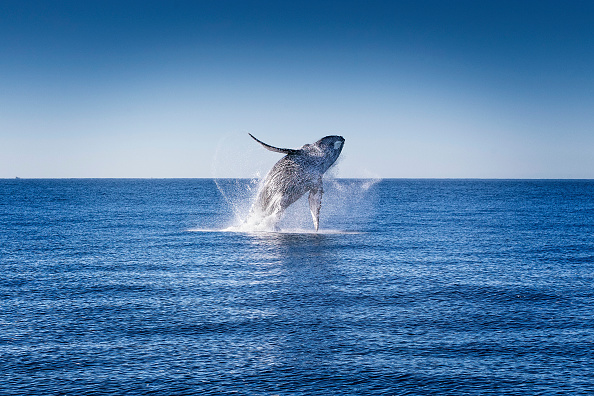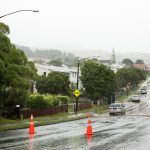Humpback whale calves have been spotted much farther south than expected, according to a new study. Scientists thought these whales only gave birth in warm tropical waters, but now calves have been seen near Kaikōura, New Zealand, and Port Arthur, Tasmania. That’s about 1,500 kilometres south of their usual birthing spots.
The study was done by the University of New South Wales, with help from researchers in New Zealand and Australia. It shows over 200 newborn whales were found in these cooler southern areas.
Dr Rochelle Constantine, a marine expert from the University of Auckland, said this is a sign that humpback whales are bouncing back after nearly going extinct. “We’re seeing amazing changes,” she said. “Some whales are now giving birth on their way north, not just in their usual warm-water breeding spots.”
Normally, humpback whales swim north from April and return south between August and November. Scientists used to think they only gave birth as far south as the Gold Coast in Australia or Exmouth in Western Australia.
Why is this happening? Dr Constantine believes it could be a mix of things. More whales mean more chances for unusual events. Also, the calves seen farther south are often smaller, maybe born early. Climate change and warmer oceans may also be affecting where whales choose to give birth.
The study used information from different sources, including government reports, whale-watching tours, and even pictures taken by everyday people on boats.
Experts say it’s important to keep these whales safe during their long migrations so their population can keep growing. As Dr Constantine said, “We came very close to losing these whales.”












Humpback whales are really cool